And just like that, 20 years have passed! 20 years ago, the CocoonTech.com domain was registered, and the first public post was
published. Many home automation related blogs and forums have come and gone, but CocoonTech is still around. I typically don't talk much about anniversaries, but this is quite a milestone! Time for a quick braindump/rant
 Past
Past
Although CocoonTech's design has seen several changes, its guiding ideas—which center on supporting and integrating a wide range of home automation technology in a setting that encourages creativity and acceptance of unconventional ideas—have remained constant.
However, the world around it has changed for sure. When CocoonTech launched,
X10 was still popular, the Apple iPhone didn't exist, Youtube what? and Netflix only offered DVD via mail rental services. However, thanks to a brilliant DIY community wanting to be ahead, products such as
Homeseer and
HAL which allowed us to build the home of the future in the present (self-hosted voice control!) , products such as Microsoft Windows Media Center, MythTV and SageTV offered distributed media & TV streaming before platforms such as Roku or Firestick were even thought of.
Fast-forward 20 years. Products such as Girder and CQC are unfortunately no longer around, new technologies have come and almost gone such as
INSTEON and UPB (but
UPB is still supported thanks to efforts by its creator, PCS), Home Automation Inc (OmniPro series) has been purchased and discontinued by Leviton,
X10 still exists, controlling TVs remotely is still as complicated as ever, and thanks to everything becoming a subscription based cloud service, the internet is starting to forget about all the things we were able to accomplish way back without having to sacrifice privacy or security. Vendors such as SmartHome.com and AutomatedOutlet.com are unfortunately no longer around and/or have been aquired by other businesses. I do want to go out of my way thanking vendors such as Homeseer Technologies (hat tip to Rich/Mark/Rupp and many of its community members), Automated Outlet (hey Martin!) and Aartech who have supported CocoonTech and the DIY home automation community during these years. What a blast!
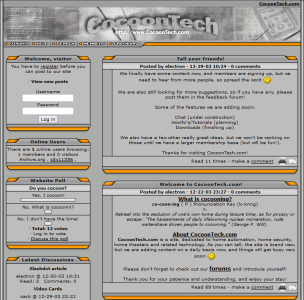
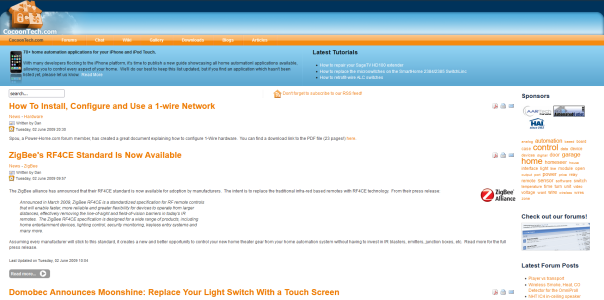 Present
Present
But it's not as bad/sad as it sounds. We still have some really great solutions.
Z-Wave has matured significantly and become affordable (hat tip to Homeseer for leading the adoption of this tech in the DIY space),
ZigBee is still around with
Matter-compatible products becoming available for sale, and open-souce projects such as Home Assistant leading the DIY home automation space. While the term ladder logic may not be as popular anymore, there's no way I can forget to mention what platforms such as the Arduino, ESP32 and Raspberry Pi have have brought to DIY automation space. And while vendors such as Automated Outlet are no longer around, a few others are popping up trying to fill these shoes and are offering similar examplary customer service, such as
The Smartest House. Home automation has become more accessible to everyone, which is a very good thing (especially in the accessibility space), so despite technology shortcomings/changes, it's still a big win.
Last but not least. I'm extremely proud of this community, and how helpful and supportive everyone has been. Many of you are still lurking (I see you, I just don't want to call you out for privacy reasons, but PM me anytime). Many of you have chatted with me in the past, and some of you can even confirm I'm not a bot

This forum is a collection of very intelligent and kind minds (I really can't understate how diverse and brilliant some of these backgrounds are), and thanks to the dedication of some of these hardworking people, CocoonTech is still around. I'd love to call you out directly for supporting this community, but I know I'm going to forget some names (hey, I also aged 20 years!), and don't want to offend, so I may do this in a later/separate post. So many people have been helped by asking for help here on CocoonTech!
So from the bottom of my heart, thank you everyone!
Future
What's next? I'm not sure yet. Social media has changed the forum game, despite all the pitfalls associated with these platforms. Many forums have shut down, or have been purchaesd by a huge network of forums. As some may have noticed, privacy & security have always been important to me, and I feel this is something which will be appreciated by more and more people as we go down the cloud rabbit hole. Running a site like this has been (and still is) an extremely expensive endevour. I've refused many buyout offers and ad networks just because I don't want user data to be shared.
But I love this community, and I'm excited with all the future tech that's on the horizon and just starting to be deployed now. Some of the latest AI demos have been really impressive, and the challenge of trying to come up with alternatives which don't rely on the cloud/subscription model is one that wants me to keep going. But as always, I'll need help getting people to find this place
 Final Words
Final Words
So if you were ever part of this 20 year old experience so far, be it via a single post on some other home automation forum, one of the many software/plugin authors who inspired me (RIP
Jim Doolittle), or just someone lurking, I'm forever grateful!
Would love to hear how home automation or CocoonTech may have had an impact on your life, or if you're an 'old timer' who has been lurking, make your voice heard (or reach out via PM). I'd love to hear how people implemented new technologies, or how they are still supporting some of the older hardware out there.
Last but not least, I have to thank my wife who has supported this effort since day 1. I wouldn't have started this site if it wasn't for her to be so understanding and encouraging. She has put up with many of my mistakes and issues while testing the latest scripts, hardware or tech, no matter how comical or frustrating the results were. But as we all know, when things fail to perform as expected, we find out just how much everyone appreciates these efforts (or not in some cases). Thank you honey!
DISCLAIMER: I was 'trying' to keep this post short, so many interesting facts and details may have been omitted. Feel free to add to this thread, or correct me if needed.
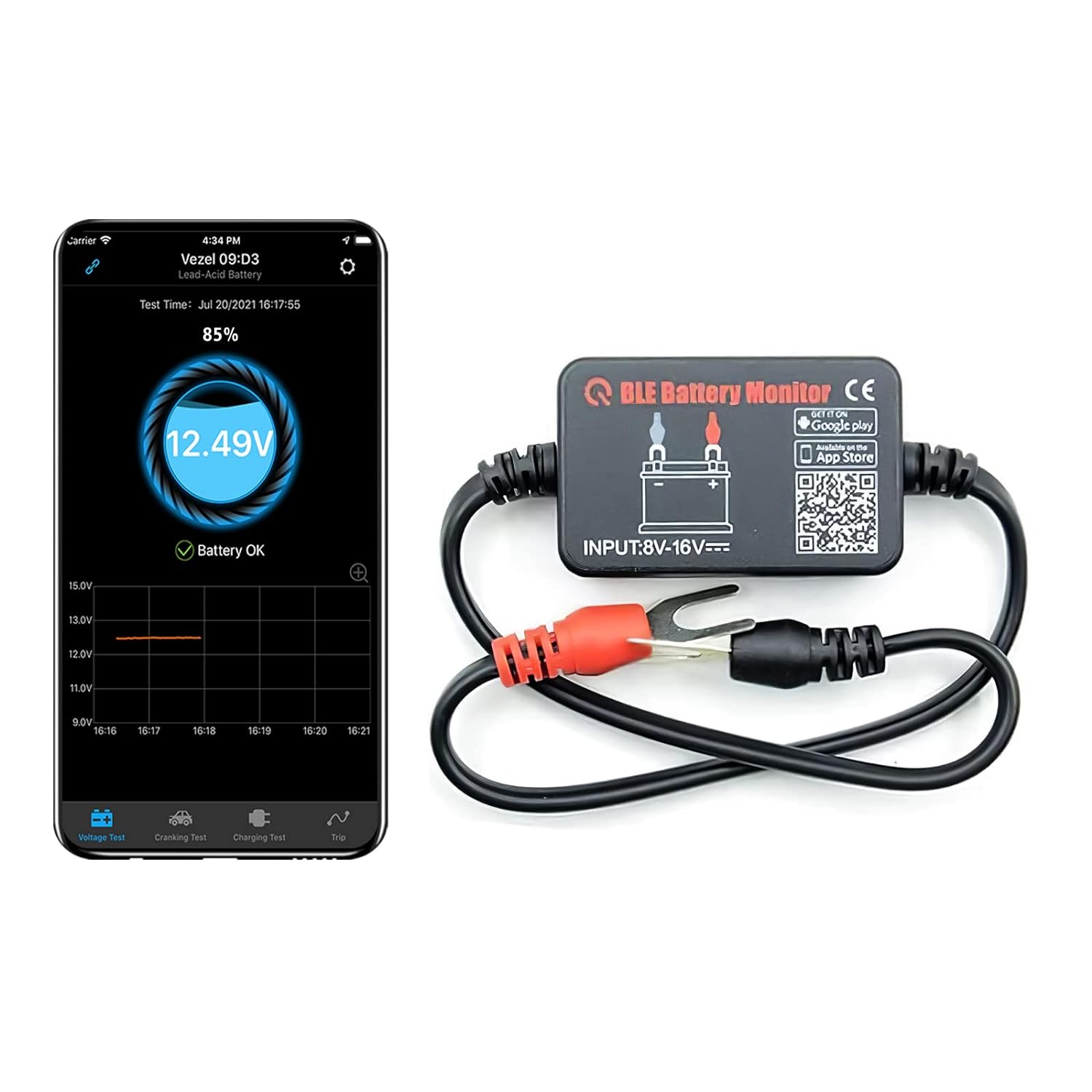

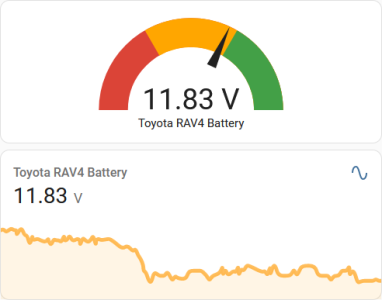


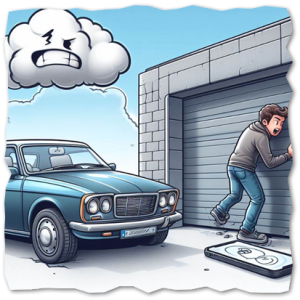
![FINAL-Matter-1.2-Spec-Release-Graphic-01-1-1024x576[1].jpg](/data/attachments/8/8613-6619acd2d05e7e8e01f3b912d7a4b359.jpg)